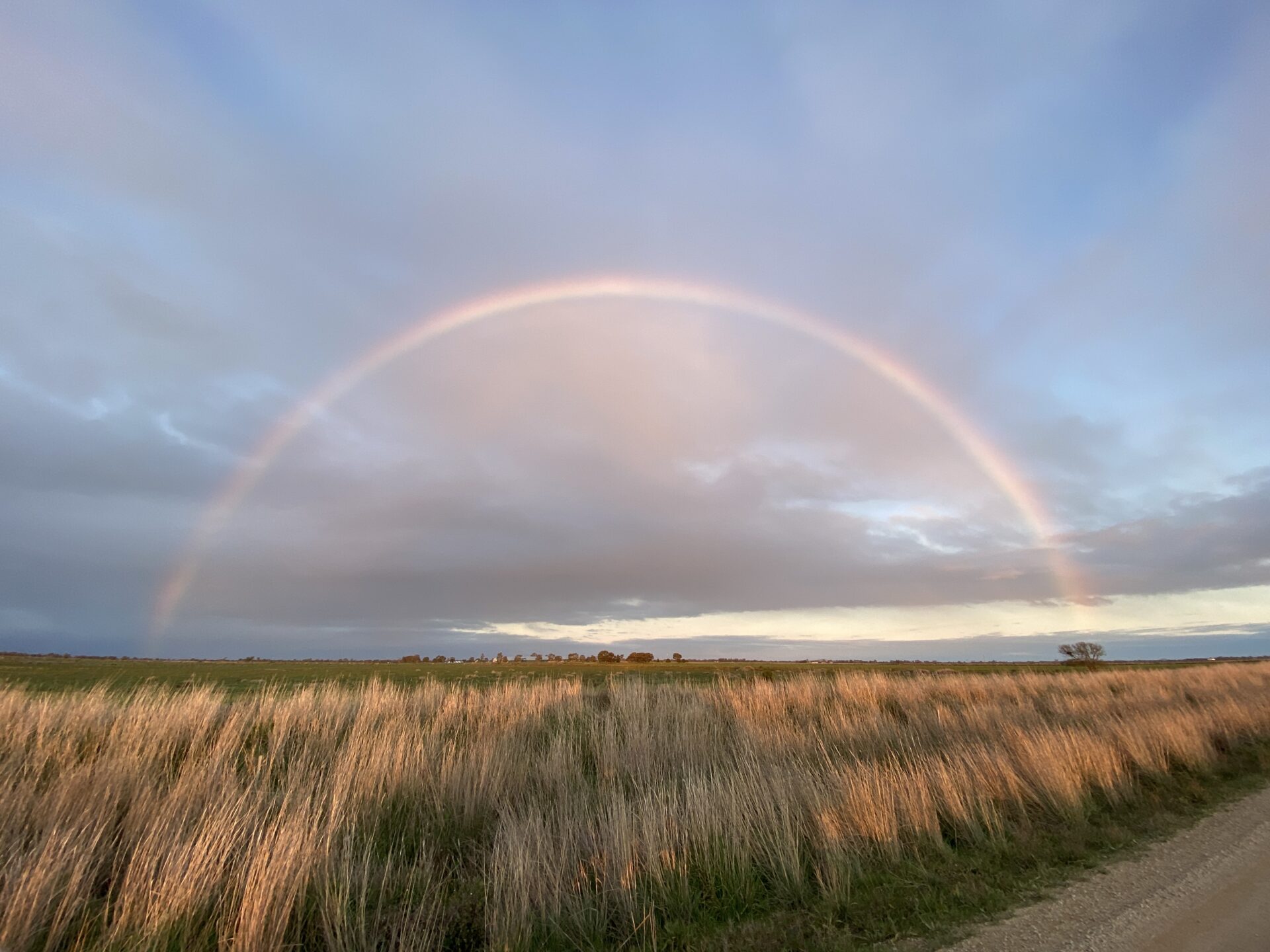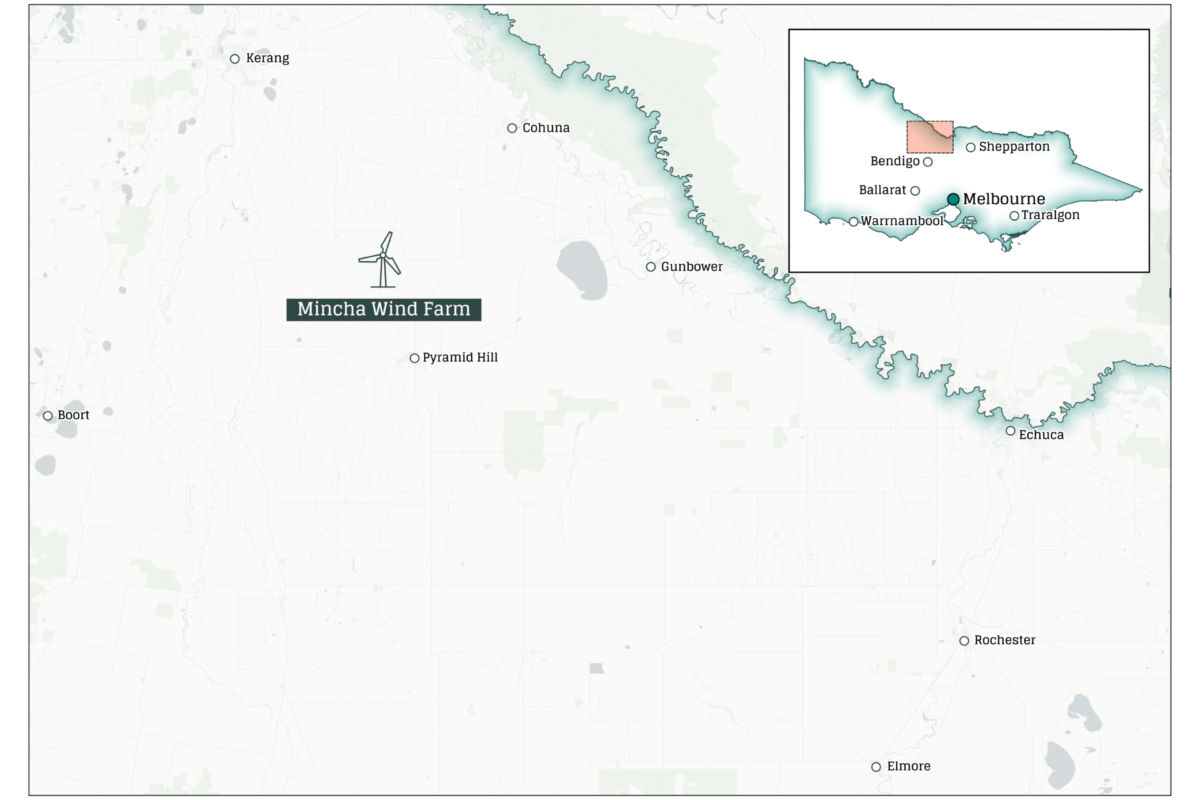~280 MW
approximate installed capacity
Mincha Wind Farm

Mincha Wind Farm is early in development and the project team is undertaking consultation with near neighbours, community members and other local stakeholders. At the same time, we are conducting a range of technical investigations including ecological assessments and other site-specific studies. The outcomes of these investigations, along with community input, will play a key role in shaping the design process. We anticipate that the project will host 280 megawatts of wind energy generation, with the potential for future solar energy generation.

The Mincha Regional Small Grants and Sponsorship Program offers grants of up to $4,000 to support sponsorships and initiatives in the local area. The program is open from 1 November, 2025.
We want to support projects that reflect the values, priorities, and aspirations of the local community and deliver long-term community benefits.
Contact us
Get in contact with us via mincha@europeanenergy.com if you have any questions or comments related to the project.
